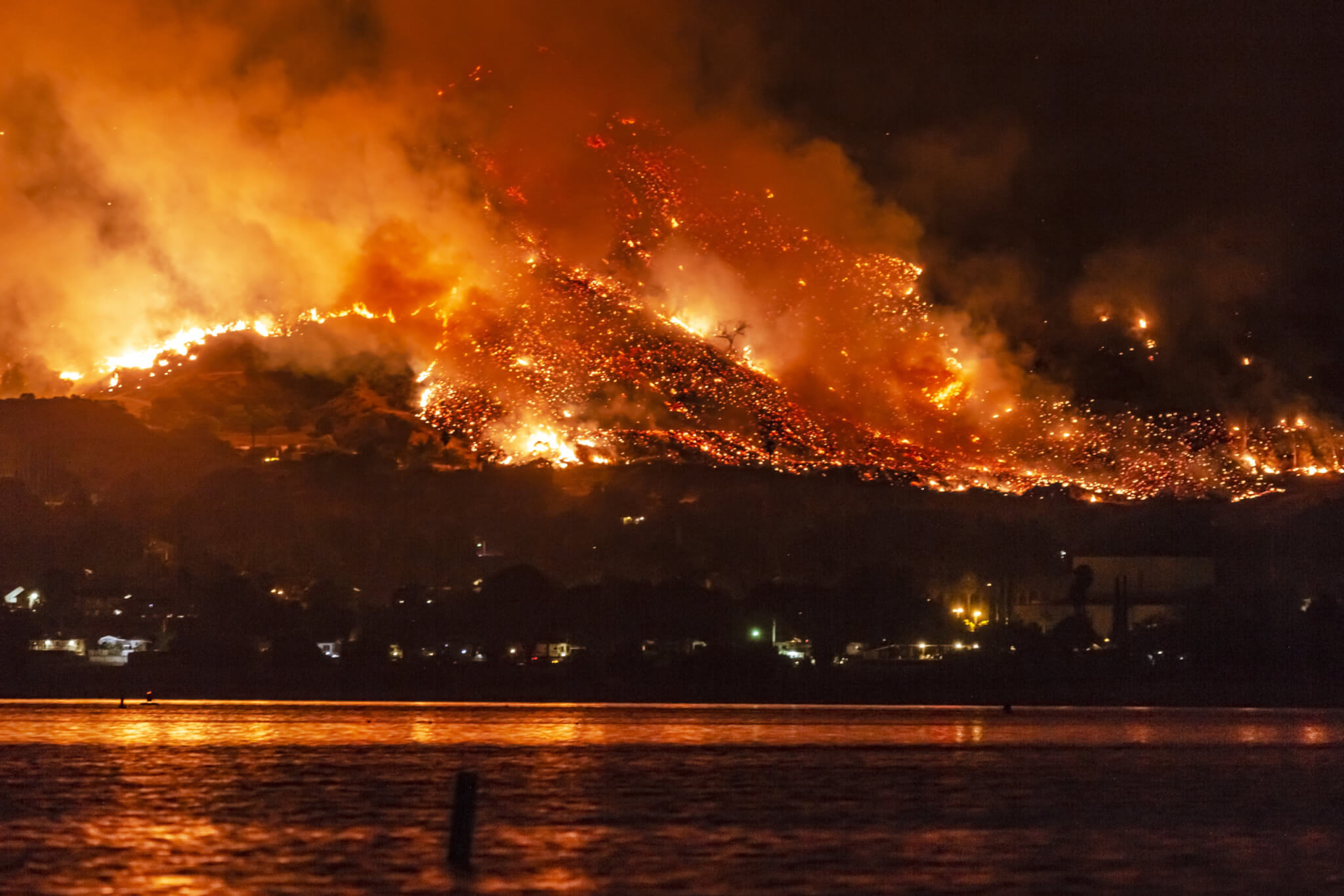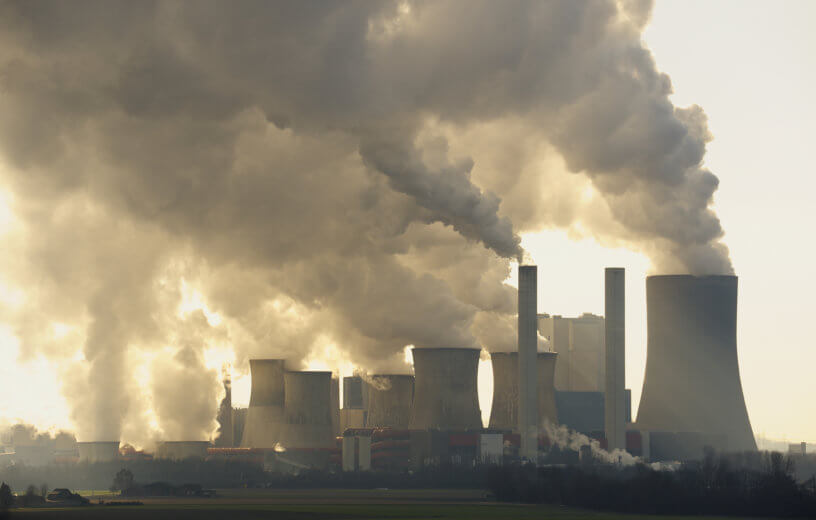MELBOURNE, Australia — A dire new study is warning about the deadly effects of air pollution. Researchers from Monash University in Australia have discovered that short-term exposure to fine particulate matter, known as PM2.5, in air pollution leads to over one million premature deaths worldwide each year. This alarming statistic highlights the significant health risks posed by air pollution, especially in Eastern Asia where more than half of these deaths occur.
PM2.5 refers to tiny particles or droplets in the air that are two and a half microns or less in width. These particles are so small that they can penetrate deep into the lungs and even enter the bloodstream, causing various health issues. The study examined mortality and pollution data from more than 13,000 cities and towns across the globe for the two decades up to 2019.
Unlike previous research, which primarily focused on the health impacts of long-term pollution in urban areas with consistently high levels of pollution, this study sheds light on the dangers of short-term spikes in PM2.5 levels. These spikes can occur in both large and small urban areas due to events like landscape fires, dust storms, and other extreme air-pollution events.
Scientists found that even brief exposure to PM2.5 for a few hours to days can have deadly consequences, particularly in Asia and Africa. In urban settings, more than a fifth of these premature deaths (22.74%) were reported, underscoring the urgent need for targeted interventions in cities with dense populations and high pollution levels.

The short-term health effects of being exposed to air pollution have been well documented, “such as the megafires in Australia during the so-called Black Summer of 2019-20 which were estimated to have led to 429 smoke-related premature deaths and 3,230 hospital admissions as a result of acute and persistent exposure to extremely high levels of bushfire-related air pollution,” says study lead author Yuming Guo, professor at Monash University, in a university release. “But this is the first study to map the global impacts of these short bursts of air pollution exposure.”
The research emphasizes the global distribution of the mortality burden due to short-term PM2.5 exposure:
- Asia accounted for approximately 65.2% of global mortality
- Africa – 17%
- Europe – 12.1%
- The Americas – 5.6%
- Oceania – 0.1%
The highest mortality rates were observed in crowded and polluted regions of eastern Asia, southern Asia, and western Africa. Eastern Asia, in particular, reported a mortality rate more than 50 percent higher than the global average. While most areas in Australia saw a decrease in the number of attributable deaths, the fraction of deaths attributed to short-term PM2.5 exposure in Australia increased from 0.54 percent in 2000 to 0.76 percent in 2019, likely due to the rising frequency and scale of extreme weather-related air pollution events.
To combat the acute health damages caused by transient exposure to high levels of PM2.5, the study recommends implementing targeted interventions. These could include air-pollution warning systems and community evacuation plans, which would significantly mitigate the health impacts of short-term air pollution exposure on vulnerable populations.
The study is published in the journal The Lancet Planetary Health.

As long as environmental use (such as air) is not charged as part of product price, there will be pollution and a pricing advantage for bodgy products and services that undermine community.
What was possible at lower populations, is deadly now at 8 billion. We need government policy and USER PAYS charges for use of the common domein to fund Earth recycling: the circular economy for environments.
It is not a question of how many people, but unregulated consumption. Humanity has reached critical mass and must adapt.